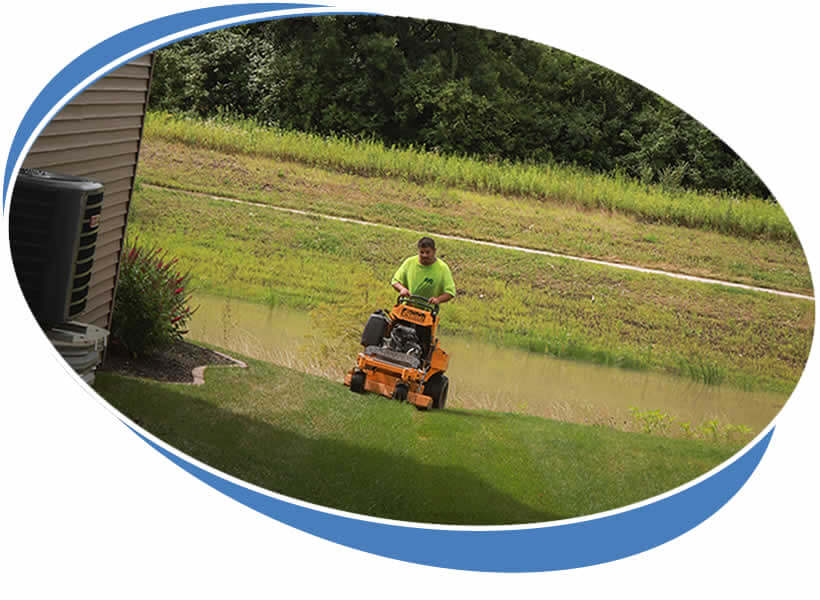
Lawn care is a very big industry, which services millions of people every year. Whether you do not have the time to care for the lawn yourself or simply aren't up to the task, there are a number of landscaping experts that are readily available to help with lawn care needs. These are commonly found in the yellow pages under Landscaping and most businesses can provide you with an instant quote over the telephone if you have detailed information regarding your specific lawn care needs.
A: As part of quality lawn care, regular cutting with a mower should be observed and the grass should be cut to an even height. Cutting your lawn once per week should be sufficient.
A: Not everyone does this, but it is recommended that lawns be watered in order to avoid having the grass to dry up and turn brown. If this happens, you could be left with brown spots in your yard.
A: Dogs and lawn care are not the best matches, but they can work together. When you replant your lawn, consider using seeds that are specifically designed for high traffic areas. Other factors that may worsen the effect that your dog is having on the lawn may include a chain dragging the grass and exposing the dirt surface below or if your dog is prone to digging.
Typically Spring Cleanups start at the beginning of April, weather permitting. Mowing will start after in mid-April.
Typically, we stop mowing services the week before thanksgiving. As a rule of thumb, the first frost indicates about four weeks left of grass growth.
No, we find the best way to take care of our clients is with a minimum of one month of service.
We do not for residential homes; we’ve found maintaining the level of quality we expect is not possible. We do for some commercial or empty properties.
Simply call at least 24 hours in advance and we will take you off the schedule. We allow four calls in skips per season. If the crew comes out, they will do something, such as pull weeds, dial in the edging, etc. If you request the crew skip once at your home you will be charged full price, as most of our cost is sending the crew to your home.
Grub damage in the lawn can be noticeable and, in many cases, easy to identify. Here’s what to look for:
Grub damage is often easy to spot when widespread, and regular lawn monitoring can help address issues early.
Here’s a step-by-step guide to dealing with grubs in the lawn:
We provide yard aerating services in Minooka, Shorewood, Channahon, Plainfield, Joliet, Crest Hill, Rockdale, and Wilmington.
Business Hours
Mon: 8:00am-4:00pm
Tue: 8:00am-4:00pm
Wed: 8:00am-4:00pm
Thu: 8:00am-4:00pm
Fri: 8:00am-4:00pm
Sat: 8:00am-2:00pm
Sun: Closed
Licensed, Insured and Bonded



© All Rights Reserved | Website by Badgerland | Privacy Policy | Terms of Service